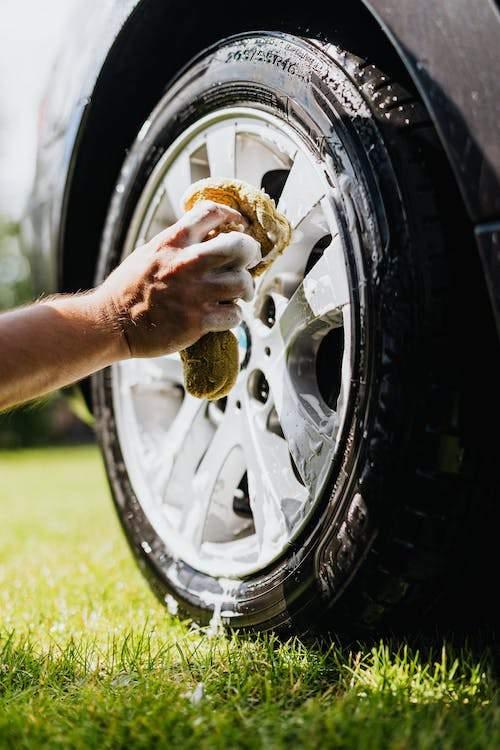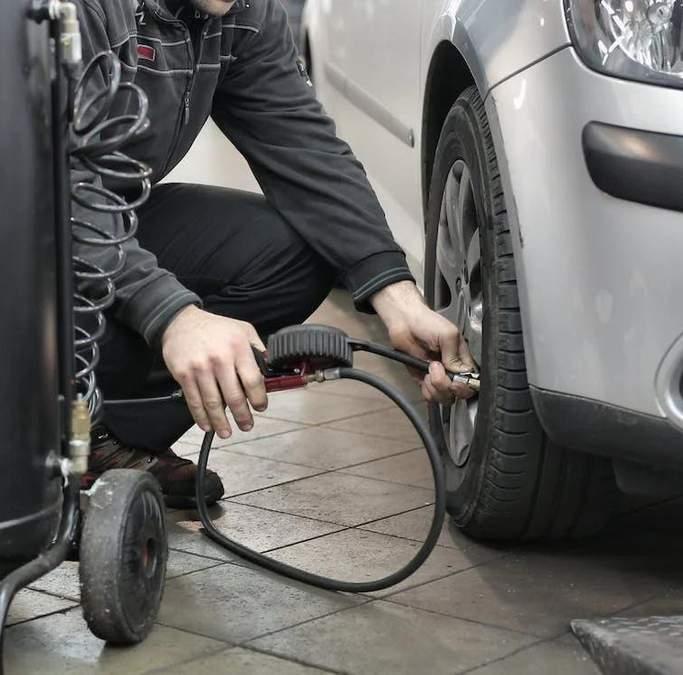
1 minute read
TYRE PRESSURE WHILE
IT'S HOT
It is important to regularly inspect your tyres' general health and condition during the warmer months. Your tyres' rubber may become softer than usual due to the summer heat and bad road conditions, making the sidewalls much more vulnerable to damage or punctures. The heat doesn't simply affect sidewalls; it may additionally have a negative influence on tyre tread. Experts recommend having a tread depth of 3mm or higher to guarantee the most amount of summer safety for you, you're passengers, as well as other road users, even though the UK's legal minimum tread depth is 1.6mm.
Advertisement
WHEN SHOULD I CHECK THE PRESSURE IN MY TYRES?
The manufacturer's recommended tyre pressures are for cold tyres, which means that the car hasn't travelled more than 3 miles in the previous few hours. Thus, before leaving for the school run or to go to work, we advise that you inspect your tyres at night or early in the morning. After a few miles of use, a tyre will have heated up, and the tyre pressure will have risen a little. Yet, all things have limits. The rubber on tyres is developed and built to have strong durability against low heat buildup, abrasion, and cracking. Throughout the warmer summer months, our tyre experts advise that you test your tyre pressure once every week; throughout a heat wave, they advise daily checks.
HOW DO I CHECK THE PRESSURE IN MY TYRES?
Your car's manual is the best place to start looking for the manufacturer's suggested tyre pressure. Here, you will typically find instructions on how much tyre pressure to apply for both a normal load and a weight that has steadily increased to towing, vacation luggage, etc. If you don't have your manual, manufacturers frequently have included a sticker or label with this data someplace on the car. You may typically find it on the car's door edge, glove box door, within the boot lid, or on the fuel cap cover.
HOW AND WHY IS TIRE PRESSURE VITAL?
To function properly, your wheels need a precise amount of pressure, measured in pounds per square inch (psi), based on the car's size. Very low or underinflated tyres can result in poor car control, erratic tyre wear, and also the possibility of a flat tyre. These tyres can easily overheat and cause your car to lose control when you attempt to direct it in the correct direction.


